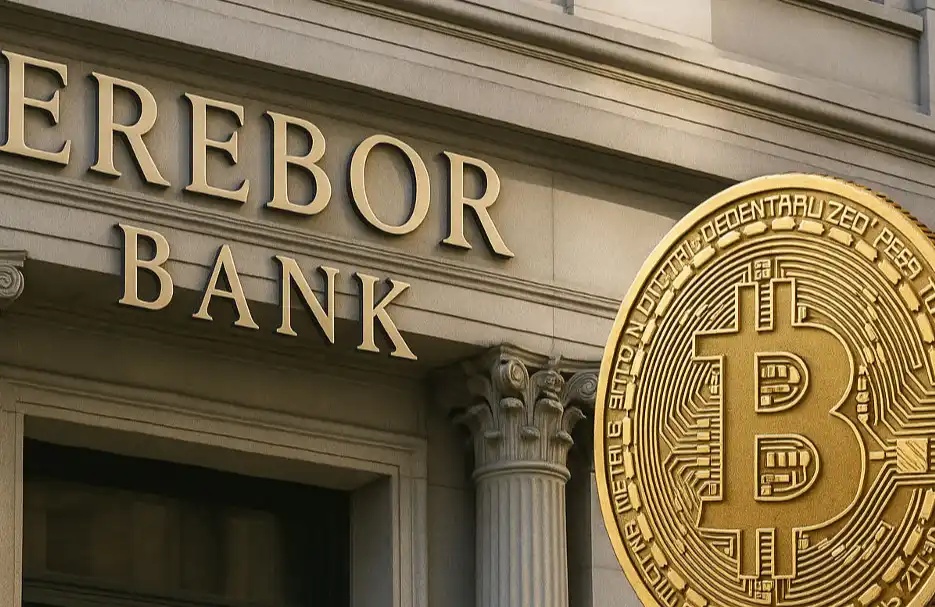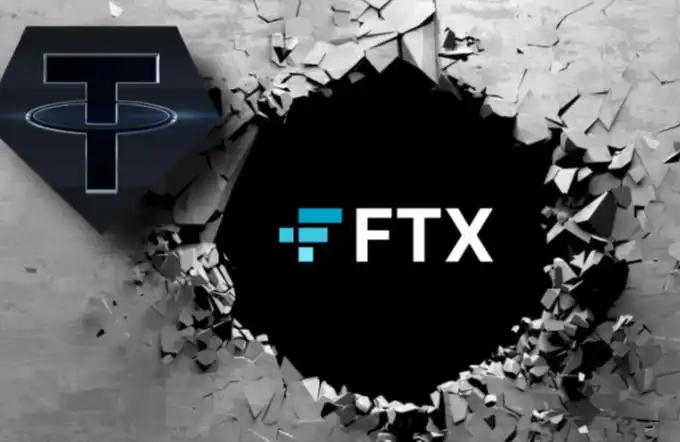Newcomer in the LSD track: How Obol Network leverages DVT to open a new chapter in Ethereum staking?
On February 22nd, Obol announced the release of the first distributed validator for Mainnet Ethereum. Obol believes that this marks the arrival of a new chapter in Ethereum staking, one that is more secure, flexible, and decentralized for all validators and stakers. Since the activation of the first DV, the performance of DV Launchpad has been impressive, with a total of 10,860 successful proofs and an average effectiveness of 98.6% as of February 22nd, 2023. What is Obol Network's core technology DVT? What products and content do they have? What is the current team and funding situation? BlockBeats has made a simple summary of this.
Basic Introduction
Obol Labs is a research and software development team that focuses on equity proof-of-stake infrastructure for public blockchain networks. They are responsible for promoting the adoption of distributed validator technology by developing the Obol network and its ecosystem.
The Obol Network currently being built by the core team at Obol Labs is an ecosystem for trust-minimized staking, enabling people to create, test, run, and coordinate distributed validators. Obol believes that in the future, distributed validators will occupy a significant portion of mainnet validator configurations, and is therefore committed to expanding consensus by providing permissionless access to distributed validators (DVTs) as a core building block for various Web3 products.

Obol aims to build a PoS infrastructure that supports Ethereum, establish a cryptographic economic protocol and a diverse community to develop DVT, making raw data a sustainable public good, and improving the security and flexibility of public blockchain networks.
Obol Network currently uses middleware-based Distributed Validator Technology (DVT) to achieve the operation of a distributed validator cluster, in order to maintain the current client and remote signing infrastructure of the validator.
DVT Technology
Distributed Validator Technology (DVT) is similar to a multi-signature consensus vote. It allows Ethereum PoS validators to operate on multiple nodes or machines, enabling them to vote on multiple nodes. Supporting Ethereum's distributed operations is the core purpose of this technology.
This opens up a path for institutional collateralization, as it can ensure that validators meet higher standards required by institutions. This also democratizes ETH collateralization, allowing users to run a single validator with less than 32 USD worth of ETH.
In short, a regular node can be seen as a combination of consensus and EVM, while a DVT node is composed of multiple consensus and execution clients distributed across multiple machines.
DVT encryption technology can make validators more stable and secure in exercising their signing responsibilities, and securely allocate individual responsibilities to a group. Assuming you, me, and V God establish a DVT cluster, and we use Coinbase as a backup for emergencies. Even if there is a power outage throughout Singapore where I am located, you in Dali and V God in Canada still have electricity, and we can still verify with ease. DVT provides Ethereum with the necessary tools to continue decentralization, further consolidating its trusted and neutral position as an internet settlement layer.
BlockBeats Note, for more information about DVT technology, please read "Understanding Distributed Verification Technology: Operating Principles and Representative Projects".
Obol Network Basic Structure
In the V1 plan, Obol Network has four core parts and products for the development and maintenance infrastructure:
1、DV Launchpad
Most users who have created validators so far have used the Ethereum 2 Staking Launchpad, a public welfare open source website established by the Ethereum Foundation and Obol's core team. This public welfare open source website tool has achieved great success in the security and education of a large number of validators on the Ethereum mainnet.
In order to facilitate the generation of distributed validator keys among highly trusted remote users, the Obol network has developed and maintains a website that allows a group of users to come together and create these threshold keys: DV Launchpad. DV Launchpad is a distributed validator launchpad launcher used to bootstrap or create the user interface for distributed validators.

On February 22nd, Obol announced the release of the first distributed validator for Mainnet Ethereum. Obol believes that this marks the arrival of a new chapter in Ethereum staking, one that is more secure, flexible, and decentralized for all validators and stakers. The powerful performance of the validator indicates that DVT has the potential to improve the performance, flexibility, and security of Ethereum validators, especially for those who can run validators at home.
The first DVL validator of DV Launchpad is named dv494484.eth, composed of nodes from Ireland, Estonia, and Canada, and each node's validation form is fully run at home. Since the first DV activation, DV Launchpad's performance has been impressive. As of February 22, 2023, it has received a total of 10,860 successful proofs with an average effectiveness of 98.6%. More importantly, despite its geographical diversity, the validator shows a competitive average inclusion distance of 1.009 (the network's average is 1.021).
2、Charon
Charon is an HTTP middleware based on GoLang, built by Obol, which allows any existing Ethereum validator client to run as part of a distributed validator.
Charon serves as middleware between a regular verification client and the beacon node it connects to, intercepting and proxying API traffic. Multiple Charon clients are configured to communicate together to achieve consensus on validator responsibilities and act together as a unified proof-of-stake validator. These nodes form a cluster with Byzantine fault tolerance and continue to move forward as long as the majority of working/honest nodes are satisfied.
The following figure provides a visual overview of the internal functions of Charon:

3、Obol Managers
Obol Managers is a set of solidity smart contracts developed and maintained by Obol for forming distributed validators.
4、Obol Testnet
The Obol Testnet is a series of ongoing public incentive testnets that allow operators of any scale to test deployments before serving the Obol network on the mainnet. In the V1 phase, Obol has five testnets.
Dev Net 1 is the first development test, aimed at allowing trusted operators to test the earliest processes, and was completed in June 2022. Dev Net 2 is the second development test, aimed at allowing many trusted operators to test the earliest processes together, and was completed in July 2022. Athena Public Testnet 1 is the first public test network, which is an incentive-free public test network that lays the foundation for the official witch resistance mechanism, and was completed in October 2022.
Bia Public Testnet 2 is the second public test network, which draws on the experience of the previous test and allows more validators in the community and professional operators to participate in the test from home. It is currently ongoing. Circe Attack Net is the last test of the V1 stage, which will create a large number of testing tools to find the vulnerabilities and weaknesses of Charon. It may be centered around a hackathon and is expected to be completed in June 2023.
Team & Financing
Obol Labs currently has a team of 22 members distributed around the world, including co-founders Collin Myers (former Global Product Strategist from ConsenSys team) and CTO OisinKyne (also a former member of ConsenSys team), mainly led by technical developers. Prior to founding Obol, the team researched and built Proof of Stake Ethereum for over three years, responsible for many widely used tools and research in the ETH ecosystem, such as Eth2 LaunchPad, Eth2 Calculator, Internet Bonds paper in Eth2, and early DVT research from EF.
In September 2021, Lido provided a $100,000 grant in LDO to Obol to continue researching and building the protocol. In October 2021, Obol completed a $6.15 million financing round with investors including ConsenSys, Acrylic Capital, Coinbase Ventures, IOSG Ventures, Blockdaemon, Delphi Digital, Stakefish, Figment Fund, Chorus One, Staking Facilities, and The LAO.
On January 17, 2023, Obol raised $12.5 million in funding, led by Pantera Capital and Archetype, with follow-on investments from Coinbase Ventures, Nascent, BlockTower, Placeholder, Ethereal Ventures, Spartan, and IEX, as well as direct participation from top validators such as Stakely, Cosmostation, Kukis Global, Swiss Staking, Swift Staking, a41, Blockscape, and DSRV. In total, Obol Labs has raised a cumulative total of $19 million in funding.
路线图
translates to
Roadmap
in English.
Obol Labs has announced the Obol V1 roadmap:

Welcome to join the official BlockBeats community:
Telegram Subscription Group: https://t.me/theblockbeats
Telegram Discussion Group: https://t.me/BlockBeats_App
Official Twitter Account: https://twitter.com/BlockBeatsAsia
 Forum
Forum OPRR
OPRR Finance
Finance
 Specials
Specials
 On-chain Eco
On-chain Eco
 Entry
Entry
 Podcasts
Podcasts
 Activities
Activities









